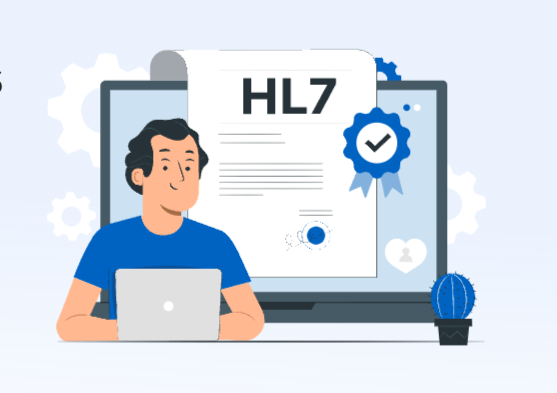In the fast-paced realm of healthcare, the seamless exchange of information is paramount for delivering high-quality patient care and optimizing operational efficiency. Health Level Seven (HL7) interface software has emerged as a key enabler of this data exchange, reshaping the way healthcare systems communicate and collaborate. This article explores the significance, functionalities, and impact of HL7 interface software in modern healthcare.
The Challenge of Data Exchange in Healthcare
Healthcare organizations today rely on a myriad of systems and platforms, including Electronic Health Records (EHRs), laboratory information systems, radiology departments, and billing software. However, these systems often operate in isolation, utilizing different data formats and communication protocols. This fragmentation has historically hindered the efficient flow of data, posing significant challenges to healthcare providers.
Understanding HL7 Interface Software
HL7, or Health Level Seven, is a globally recognized set of standards designed to facilitate the exchange, integration, sharing, and retrieval of electronic health information. HL7 interface software serves as the linchpin in implementing these standards effectively. It acts as a bridge, facilitating communication and data exchange among diverse healthcare systems.
Key Functions of HL7 Interface Software
-
Data Transformation: HL7 interface software excels at converting data from one format to another, ensuring that information is accurately interpreted and processed by the receiving system.
-
Data Routing: Automation of data routing eliminates manual processes, reducing the risk of errors and ensuring data reaches its intended destinations efficiently.
-
Data Mapping: HL7 interface software maps data elements from one system to another, ensuring that relevant information is captured and conveyed accurately.
-
Real-time Data Exchange: Many HL7 interface solutions support real-time data exchange, providing healthcare providers with immediate access to the most current patient information during clinical encounters.
Impact and Benefits of HL7 Interface Software
-
Enhanced Patient Care: HL7 interface software ensures that healthcare providers have access to comprehensive and up-to-date patient information, resulting in improved patient care and safety.
-
Streamlined Workflows: Automation of data exchange processes reduces administrative overhead, allowing healthcare professionals to allocate more time to direct patient care.
-
Cost Savings: By eliminating manual data entry and reducing data errors, HL7 interface software leads to cost savings for healthcare organizations.
-
Data Accuracy: HL7 interface software enhances data accuracy, minimizing the risk of medical errors attributed to incorrect or incomplete information.
Challenges and Considerations
While HL7 interface software offers numerous advantages, healthcare organizations must address challenges such as interoperability with varying standards, data security and privacy concerns, compliance with healthcare regulations like HIPAA, and resource allocation for implementation and maintenance.
In Conclusion
HL7 interface software stands at the forefront of modern healthcare, fostering interoperability and connectivity in a data-driven environment. As healthcare continues to advance, the role of HL7 interface software remains pivotal in delivering high-quality, patient-centric care. Embracing these technological advancements ensures that healthcare providers can harness the full potential of data for the benefit of patients and the healthcare industry as a whole. HL7 interface software isn't merely a technological evolution; it's a transformational force, streamlining healthcare data exchange and revolutionizing the delivery and experience of healthcare services.
